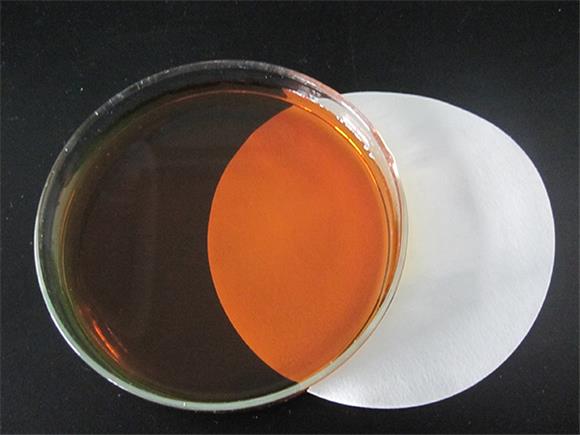
News
Aug . 13, 2024 23:18 Back to list
Exploring the Role of Chelators in Metal Ion Regulation and Environmental Applications
The Importance of Chelator Function in Biological Systems
Chelators, substances that can bind metal ions to form stable complexes, play a critical role in various biological, environmental, and industrial processes. Understanding the function of chelators is essential for appreciating their significance in both health and ecology.
The Importance of Chelator Function in Biological Systems
Beyond human applications, chelators are equally significant in environmental science. Many pollutants, especially heavy metals, can accumulate in ecosystems, leading to detrimental effects on wildlife and vegetation. Chelators, both natural and synthetic, have been developed to remediate contaminated soils and waters by binding these toxic metal ions. For instance, plants release natural chelators called phytochelatins in response to metal stress, which help mitigate toxicity by sequestering harmful metals within plant tissues, thus protecting plant health and preventing the accumulation of toxins in the food chain.
chelator function quotes

In industry, chelators are invaluable for their capacity to enhance product stability and effectiveness. They are widely used in detergents, ensuring that hard water ions do not interfere with the cleaning process. In agriculture, chelators improve the availability of essential nutrients to plants. Iron chelates, for example, are a preferred choice to address iron deficiency in crops, resulting in healthier plants and higher yields. Moreover, chelation therapy, an application in the medical field, utilizes synthetic chelators to treat conditions such as iron overload in patients with conditions like thalassemia.
The significance of chelator function extends to the development of new materials and technologies. Researchers are exploring chelators in nanotechnology and material science, leveraging their ability to form complexes with various metal ions to create new nanomaterials with unique properties. These advancements hold promise for a range of applications, including drug delivery systems, sensors, and catalysts.
However, not all chelators are beneficial. The misuse of chelating agents, particularly in agriculture and industry, can lead to unintended consequences, such as the mobilization of soil-bound heavy metals into water bodies, which may exacerbate pollution problems. Therefore, it is crucial to understand the implications of chelator use and to develop strategies that mitigate potential risks.
In conclusion, the function of chelators is multifaceted and profoundly influential across various domains, including biology, environmental science, industry, and medicine. Their ability to bind and regulate metal ions casts them as essential players in maintaining the balance of essential nutrients and preventing toxicity. As research continues to unveil their potential applications and mechanisms, the future holds exciting prospects for the utilization of chelators in sustainable practices and innovative technologies. Understanding and harnessing the power of chelators can lead to significant advancements in health, environmental conservation, and industrial efficiency, emphasizing the need for ongoing study and responsible management of these remarkable substances.
-
Polyaspartic Acid Salts in Agricultural Fertilizers: A Sustainable Solution
NewsJul.21,2025
-
OEM Chelating Agent Preservative Supplier & Manufacturer High-Quality Customized Solutions
NewsJul.08,2025
-
OEM Potassium Chelating Agent Manufacturer - Custom Potassium Oxalate & Citrate Solutions
NewsJul.08,2025
-
OEM Pentasodium DTPA Chelating Agent Supplier & Manufacturer High Purity & Cost-Effective Solutions
NewsJul.08,2025
-
High-Efficiency Chelated Trace Elements Fertilizer Bulk Supplier & Manufacturer Quotes
NewsJul.07,2025
-
High Quality K Formation for a Chelating Agent – Reliable Manufacturer & Supplier
NewsJul.07,2025
